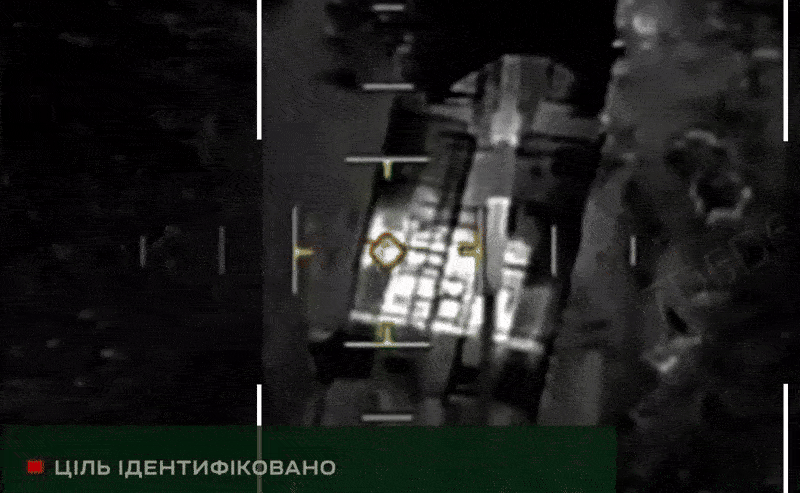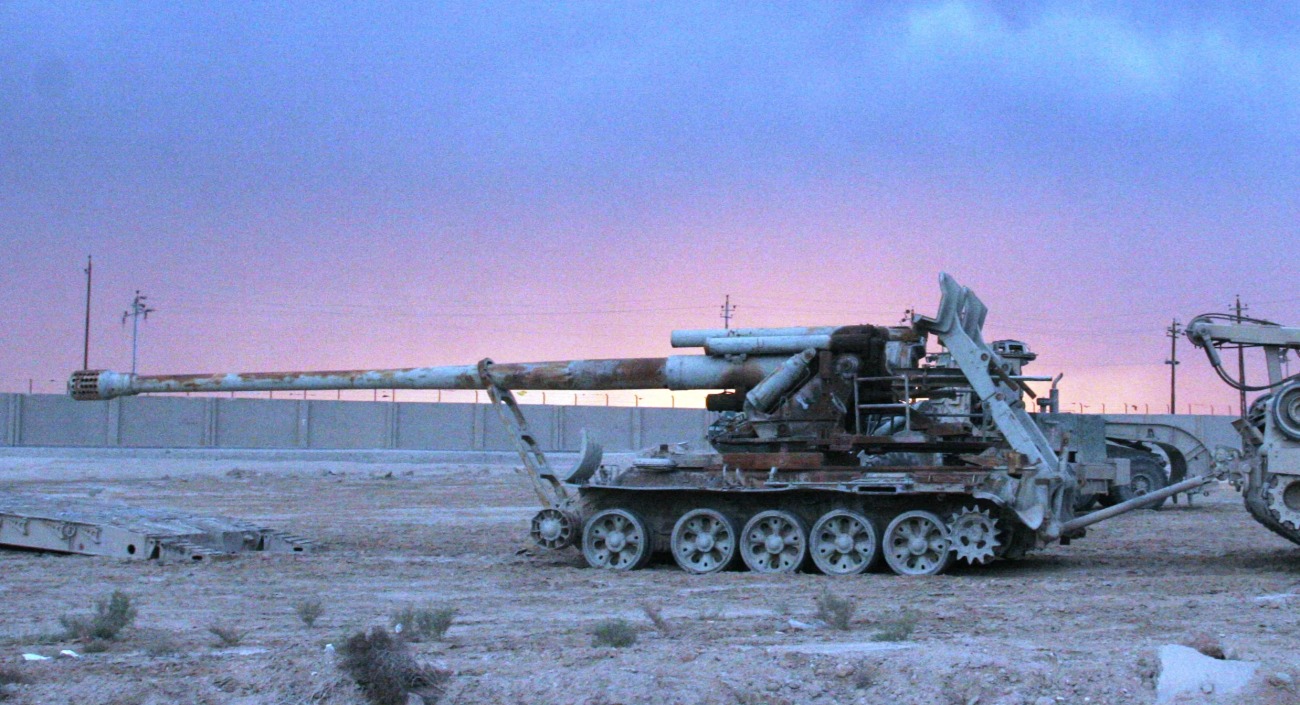A Ukrainian drone unit has successfully destroyed a rare North Korean self-propelled M1989 Koksan howitzer in the Luhansk region, marking the first recorded strike against this artillery system, the Ukrainian military announced.
The Khortytsia group of forces, responsible for operations in eastern Ukraine, confirmed the strike. Media reports have described the Koksan as a “very rare” asset on the battlefield.
The attack was carried out by the 412th NEMESIS regiment of Ukraine’s Unmanned Systems Forces, which used a night bomber drone to eliminate the 170mm self-propelled artillery unit.
Video footage of the strike, published on the regiment’s Telegram channel, shows the moment the drone identified and hit the howitzer.
Using its thermal imaging capabilities, the drone spotted the artillery piece’s heat signature against the cold night landscape. As the Russian crew scrambled for cover, the Ukrainian drone dropped its payload, dealing a decisive blow.

The Nemesis unit classified the asset as an M1978 variant. However, after further analysis, it has been confirmed that it is actually an M1989 Koksan. This model is the only one observed in Russia so far, contradicting the initial identification.
The development comes months after reports surfaced that North Korea had started supplying M1989 tracked howitzers to Russia.
In November and December 2024, North Korean M1989 Koksan systems were seen moving through Russia by train. By January 2025, according to defense analysts at Militarnyi, they had reached frontline positions operated by Russian artillerymen rather than North Korean troops.
Intelligence reports indicate that North Korea has supplied Russia with at least 200 long-range artillery pieces.
The destroyed Koksan was found near Kupyansk, a strategically important city on the border of Kharkiv and Luhansk Oblasts.
The strike’s location suggests that North Korean artillery is not only reinforcing Russian positions in western Russia, where the North Korean 11th Army Corps has been deployed, but is also actively supporting Russian operations on the eastern front.
For Ukraine, the successful strike on the Koksan howitzer is both a tactical victory and a symbolic one. It exemplifies the effectiveness of its drone forces in neutralizing high-value enemy targets and signals to Russia that foreign-supplied artillery is not beyond Ukraine’s reach.
N.Korean Koksan Guns
The Koksan is a Cold War-era artillery piece that was first identified in 1978 in the North Korean city of Koksan, from which its unofficial name originates.
Western intelligence assigned the name based on the location where the weapon was initially observed, but its official designation in North Korea is “Chuch’ep’o” or “Juche Cannon.”
The earliest known version of this self-propelled gun, the M-1978, was built on the chassis of a Chinese Type 59 tank. Later, North Korea introduced the M1989 variant, which retained the same 170mm gun but was mounted on an improved, more modern chassis.
This newer platform resembles the one used in Russia’s 2S7 Pion, a massive 203mm self-propelled artillery piece. One upgrade in the M1989 version is the inclusion of onboard storage for 12 rounds of ammunition.
Vijainder K Thakur, a retired Indian Air Force Jaguar pilot, provided insights into the weapon’s unusual 170mm caliber in an article for the EurAsian Times.

He suggested that the design could have been influenced by World War II-era German artillery of a similar caliber or derived from Russian coastal defense guns, which were once a key component of Soviet military strategy. However, Russia has now largely shifted away from such coastal artillery in favor of long-range missile systems.
Both the M1978 and M1989 variants can fire standard shells up to approximately 25 miles (40 km). When using rocket-assisted projectiles, this range extends significantly to about 37 miles (60 km).
For a prolonged period, the Koksan was regarded as the longest-range conventional artillery system in North Korea’s arsenal, giving it a distinct advantage in long-range bombardment scenarios.
Despite its range, the Koksan has some drawbacks in terms of crew safety and operational efficiency. One major disadvantage is its inability to transport its crew, requiring separate vehicles to move personnel into position.
Additionally, once deployed for combat, the gun lacks any form of armor to shield its operators, which leaves them vulnerable to counterattacks.
Another considerable weakness is the rate of fire. By modern standards, the Koksan is extremely slow and fires only two rounds every five minutes.
This sluggish firing rate pales in comparison to more advanced self-propelled howitzers, such as the German-made PzH 2000, which is also in use by Ukrainian forces. The PzH 2000 can fire 10 rounds per minute and is even capable of delivering a rapid three-round burst in just 10 seconds.
Despite Russia already having a large arsenal of guns, howitzers, and mortars deployed along the Ukrainian front, Thakur explained why Russian forces are interested in acquiring a slow-firing artillery system developed over four decades ago.
He pointed out that the Koksan would address a critical gap in Russia’s counter-battery capabilities, which are currently hindered by an overreliance on Multiple Launch Rocket Systems (MLRS) for long-range artillery fire.
By integrating the Koksan, Russia could strengthen its ability to counter enemy artillery. Additionally, if the war transitions into a ceasefire phase, a stronger counter-battery capability would act as a deterrent against Ukrainian violations of the truce. It would prevent Ukraine from leveraging its Western-supplied long-range artillery to gain a tactical edge.
- Contact the author at ashishmichel(at)gmail.com
- Follow EurAsian Times on Google News




